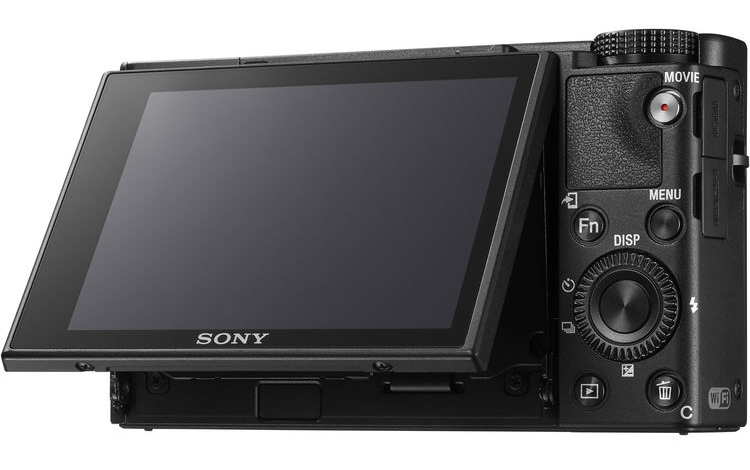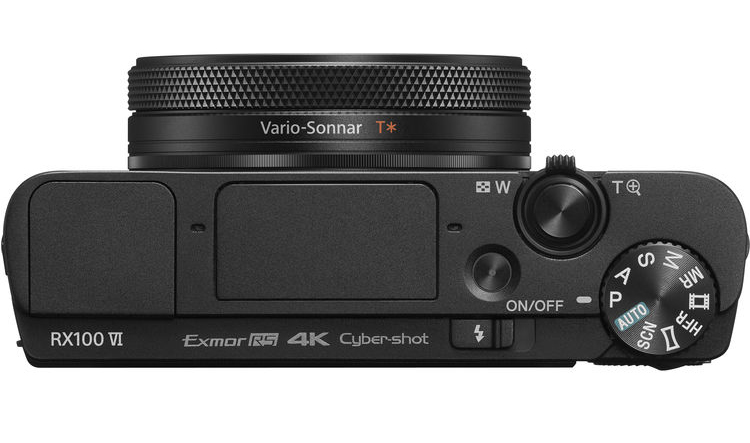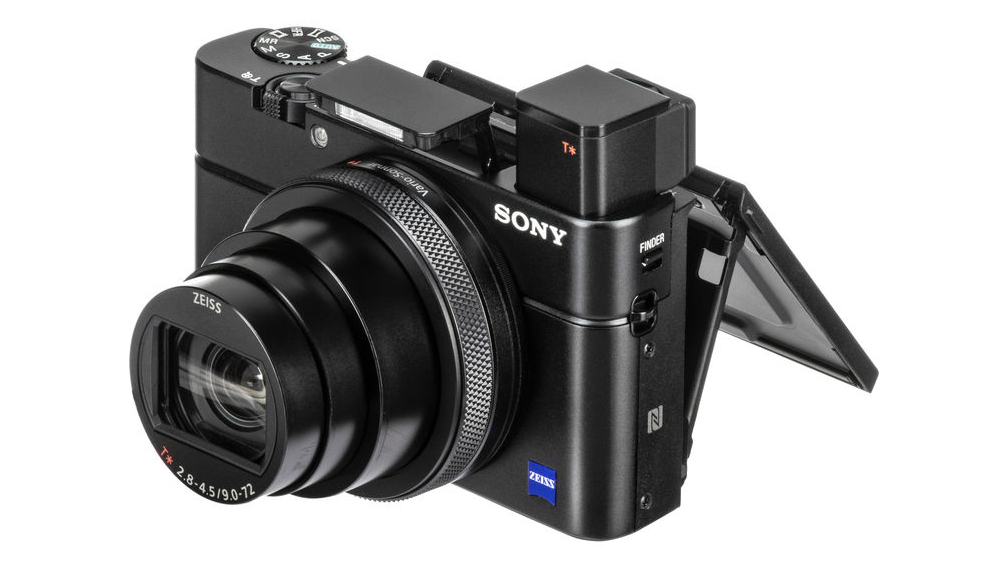Compact Camera Made for the Road
Review by Steve Baczewski
Smartphone cameras continue to replace the once-thriving, compact, point-and-shoot camera market, but Sony persists, and the RX100 VI is the sixth version of this solidly built pocket-sized camera.
The RX100 VI’s 1″, 20-megapixel stacked, backlit CMOS sensor has 315 phase detection points (25 contrast points) covering 65% of the sensor with an ISO range of 80–12,800. The limiting feature of previous models was the modest 24–70mm, f/1.8–2.8 zoom. This has been replaced with a more robust and versatile 24–200mm Zeiss f/2.8–4.5 zoom; however, concessions were necessary. The aperture is slower and it was necessary to drop the neutral density filter, but the new Zeiss lens is sharp throughout, and has essentially repurposed the camera as an alternative to carrying a DSLR with interchangeable lenses for travel photography. The lens delivers quality, detailed RAW and JPEG files capable of 17×22″ prints.
The articulating 3″ LCD now can be rotated 180° for selfies, and the screen now is touch-sensitive for quickly moving the AF point in both stills and videos. Sadly, despite all the possible applications to enhance performance, Sony’s touch sensitivity is a one-trick pony limited to changing the AF area. The EVF now springs up fully engaged with a single push and retracts into the body with a simple press. Composing with the EVF is a practical alternative to using the LCD in bright outdoor light.
The category, “point-and-shoot,” belies the sophistication and powerful professional features of the Sony RX100 VI, which compares favorably with Sony’s top-of-the-line cameras. It can track and capture 24 RAW fps in CAF with impressive accuracy. When photographing my dog running toward me, it delivered 18 sharp frames out of 24. Face detection is excellent; unexplainably, however, the AF’s eye tracking is erratic and unpredictable—a Sony technician confirmed this issue. I shot detailed rich macros from a distance of 3″ at 24mm and approximately 3′ with the zoom at 200mm. The ability to capture detail in both the highlights and shadows without resorting to HDR is impressive, but I noticed a slight color shift at high ISOs starting at 3200.

The mechanical shutter goes from 30 seconds to 1/2000, and the silent electronic shutter goes to 1/32,000 second. Bulb is available in manual mode. One problem with the electronic shutter is the occasional skewing of vertical objects when panning or using the panoramic mode. Bracketing is available on the RX100 VI for three, five, or nine frames at 0.3, 0.7, or 1EV increments, or for three or five frames in 2 or 3EV increments. It has impressive video capabilities including 4K video at 24 or 30p, but is limited to 5 minutes secondary to heating up. The 1080 video goes up to 120p for slow motion and the HFR (high frame rate) mode lets you shoot revealing slow motion at up to 960 fps; however, quality takes a hit. One glaring omission for videographers is an external mic connection.
The Sony RX100 VI’s black body is approximately the size of a pack of unfiltered cigarettes. Most of the camera’s features from the 35-page main menu can be customized for quick access on the numerous function buttons on the body, which include a movable ring at the base of the lens mount. The smooth metal body has a nearly useless textured, thumb-sized grip that’s compensated for by good image stabilization and using a wrist strap.

At almost $1,200, the camera is expensive, especially when considering that the new FUJIFILM APS-C X-T3 body costs only about $300 more. But, we’re comparing apples and oranges, because what you’re buying is the convenience of a feature-rich, compact, professional, pocket camera with a zoom lens that now can cover a myriad of situations. The Sony RX100 VI is one of most appealing, quality cameras that I’ve reviewed. ■







I own the V, and just love it for the convenience. I drop in my pocket and always have it with me. I shoot with a high end Nikon DSLR most of the time, but there are times when you just can’t take a DSLR and an assortment of lenses with you, and a sophisticated point and shoot like this really the only alternative. There was a pretty steep learning curve (at least for me) getting familiar with all of the camera’s capabilities and the multitude of screens, but once I settled in to the features that work best for me, it was a piece of cake. Great Review!